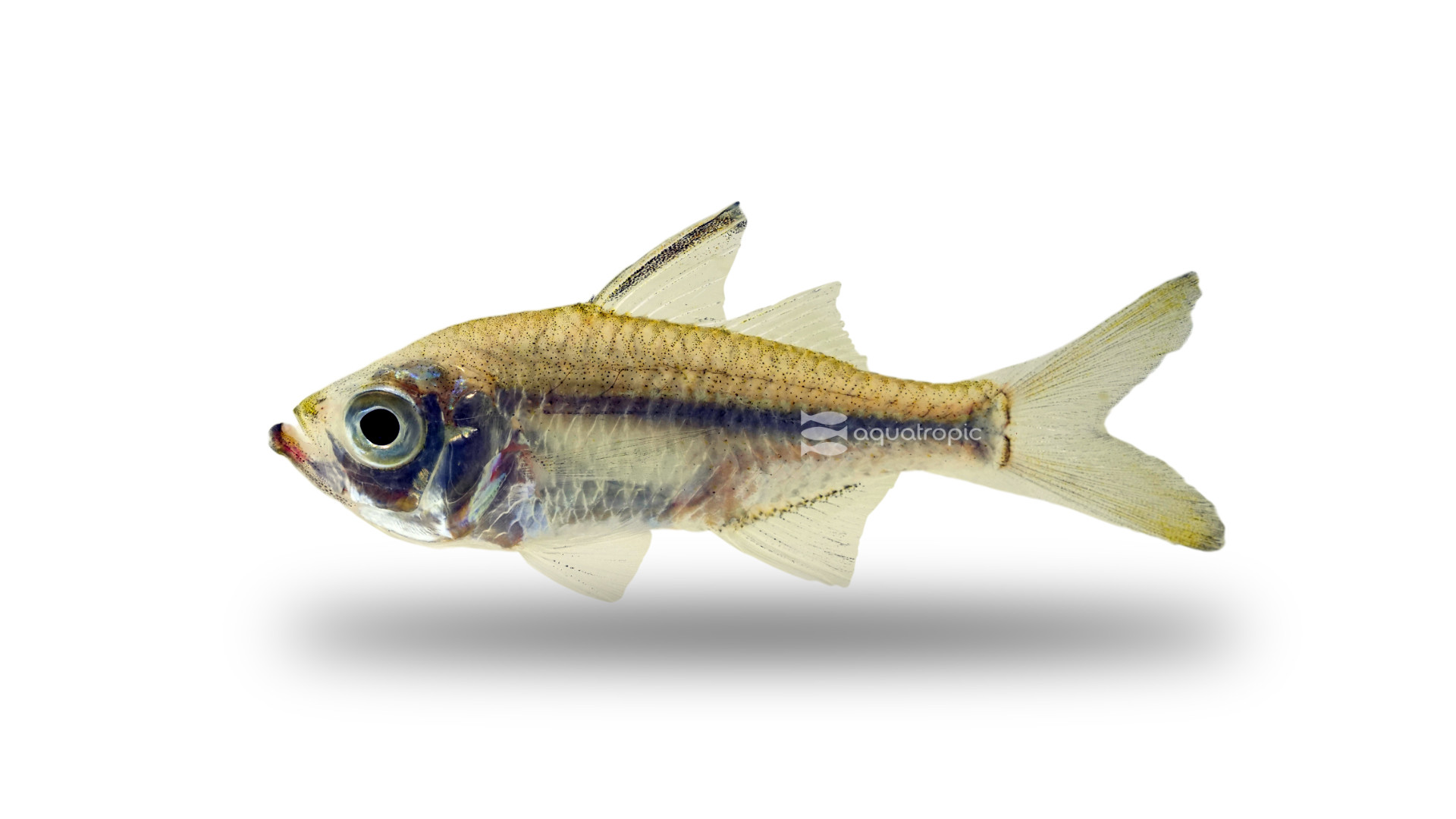The Not-So-Common Commerson's Glassfish

Ambassis ambassis used to be known as Ambassis commersoni. It is one of many fish that we call “GlassFish,” in North America, or in this specific case “Commerson's Glassfish.” Around the globe is it is known by a few translation variations on this theme, like “Glass Perch,” “Commerson's Perchfish,” “Glass Perchfish,” etc. They are a very rare fish in North America, and while a little more common to aquariums on other continents, they are most often seen as a dried fish sold for food and used frequently as seasoning. It is named for Philibert Commerson, a French naturalist who logged many species of fish and plants for western science in the 1700s.
Regardless of what you call them, they are an interesting fish. They are found in nearshore marine, brackish and freshwater environments; most commonly in coastal areas surrounding the Red Sea and The Indo-Pacific region. They are very tolerant of a wide variety of temperatures being found in water as cool as the low 50's and as high as almost 90; allegedly they are more tolerant of low temperatures when found in freshwater! They are the definition of omnivore, eating nearly anything they can fit in their mouths. In Europe and Asia they are just as common in saltwater fish tanks as they are in freshwater. They are found in schools in shallow water, near cover where they generally feed at night.
Their wild lifestyle makes them adaptable to a wide range of aquarium display types and further makes them very receptive to processed foods. Here we are feeding them Nutramar's small pellets and finely chopped, thawed meaty items from Gamma foods, this diet gets supplemented by spirulina, which we suggest you do as well. We feed them small amounts, twice a day, which helps ensure that all the fish in the group get some food regularly.
In the aquarium, they offer hobbyists a range of choices. We suggest keeping these in freshwater (which is how we are housing them, and how they were harvested). They should always be kept in groups of at least five and more would be better; ideally we'd suggest hobbyists keep a group of 10+. These fish are used to having other fish for cover, and between that and being nocturnal in the wild, they can be somewhat timid initially. Having more fish in a group will help them feel more secure, and they will be less stressed, healthier and more active more quickly in larger groups. They are peaceful and should not be kept with aggressive fish, good tankmates would be Rainbowfish, Barbs, Mollies, Loaches and Gobies. They are bigger than many other Glassfish when fully grown getting four or five inches long. At this size smaller fish may be at risk, so be mindful of the tetras you choose.
While we've found that individual parameters aren't necessarily that important, stability is. What ever type of display you choose to put Commerson's Glassfish in should be stable. Here we are housing them in tanks that are held in the mid 70's with a pH of 7.5. This is working well for us. The display should be dimly lit, or have lots of cover to make them feel secure, or both. They do well in planted tanks. We are not using trace salts in this system, but many aquarists in Europe recommend this.
If you are a hobbyists with a large display, and are looking for a glassfish that pretty much no one has in their aquarium (at least in North America), look no further. Commerson's Glassfish is something different, and interesting and so far, very rare for us here. So head straight to your LFS and ask them to get you a school of Ambassis ambassis from Aquatropic today!